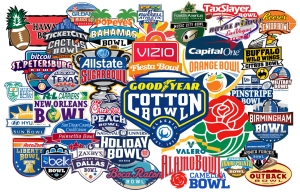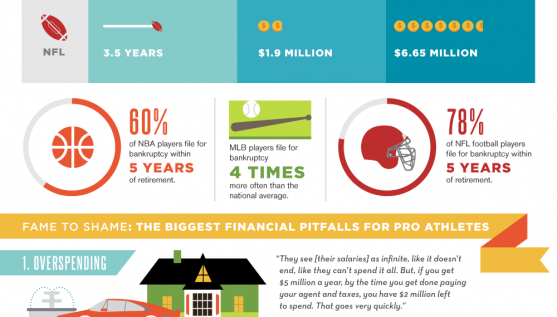With the holiday season in full effect, that means college football is slowly coming to close.
Towards the end of regular college football season and programs finishing up their conference play it means that teams that are bowl eligible are awaiting their fate to see in which bowl they play, if they make the college playoffs or if they are not yet bowl eligible to scramble the necessary seven wins.
Televising college football is a huge market, especially with bowl games which attract huge deals and is a very profitable opportunity for major television networks.

ESPN has garnered the rights to four major bowl games which are the rose bowl, the orange bowl, the sugar bowl and the cotton bowl and the college football playoffs.
There is quite a process when it comes to revenue distribution for teams that make it to the college playoffs or are part of the rose, orange or sugar bowls.
So basically, each school that qualifies for a bowl game will receive 300,000. Additionally, football teams that make it to the semifinals of the playoffs will receive six million, while teams that make it to the major bowl games such as orange, sugar and rose bowls will receive four million. That is just the base amount, without bonuses which can reach up to four million.

ESPN has paid 600 million to the College Football Playoff committee in order for the TV rights for the major bowl games.
With all this money going around, do we really think it is fair that the players themselves receive no money at all for the revenue they are producing?










